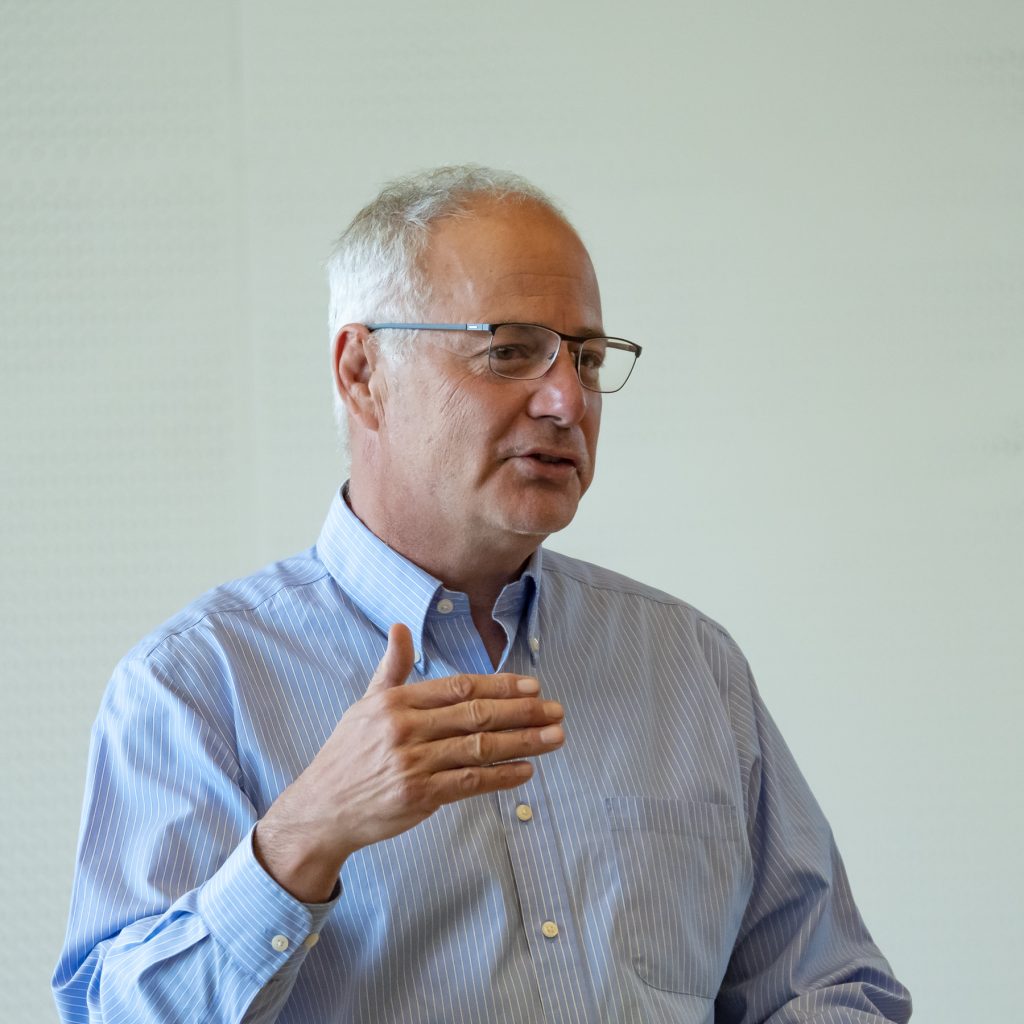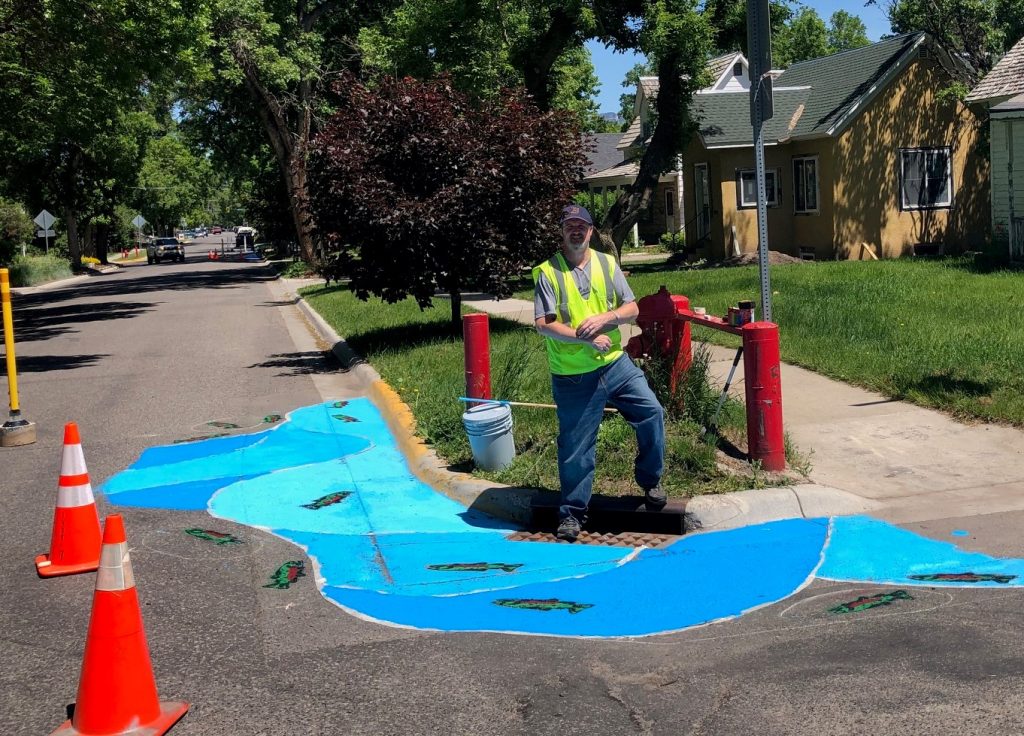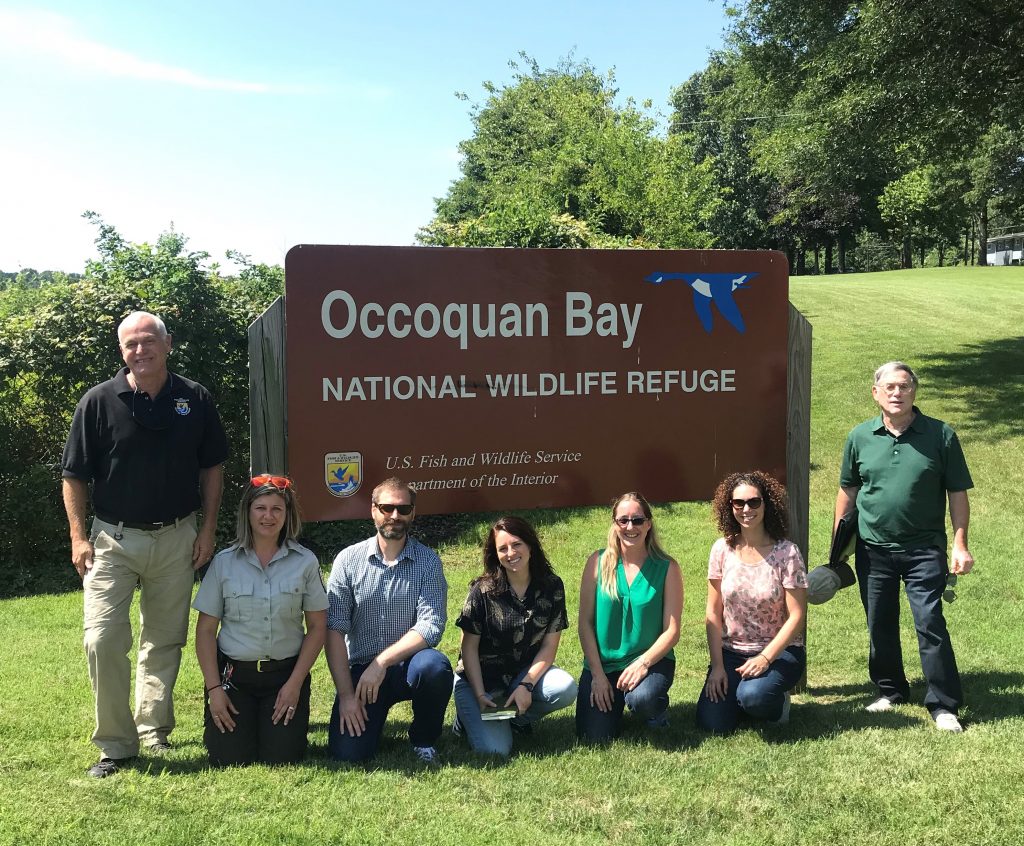On to the Next Adventure…

Marking the end of era, WTI’s two most senior leaders retired this month. We bid a fond farewell to our Executive Director Steve Albert and our Assistant Director for Administration and Finance, Jeralyn Brodowy. On July 17, Montana State University College of Engineering Dean Brett Gunnink hosted a retirement reception for Steve Albert, which was […]
A Calming Presence – Street Art Aims to Slow Neighborhood Traffic

Two intersections in downtown Bozeman have unusual new inhabitants – brightly colored trout that swim and leap through a water mural painted right on the street. Neighbors, volunteers, and educators helped create the installation, which is intended as a traffic calming measure to slow down cars traveling through this residential neighborhood. It is the most […]
New Transportation Fellow Arrives at National Wildlife Refuge

The Public Lands Transportation Fellows program has welcomed its first fellow for 2019-2020! In early July, Naomi Firemen arrived at the Potomac River National Wildlife Refuge Complex for training in her new position. The Complex encompasses three individual wildlife refuges in the Virginia/Washington D.C. area. Most of Naomi’s work will focus on improving transportation options […]
Newspaper Lauds Parenting Website
ParentingMontana.org continues to receive great reviews. In a recent editorial, Karen Sullivan of the Montana Standard called the website “one of the best resources on parenting I’ve run across, and Montana parents are lucky to have it.” ParentingMontana.org features practical tools for parents with kids ranging from age five to age nineteen, covering challenging topics […]
Bonus Safety Center Webinar in July!
The National Center for Rural Road Safety will host a second webinar this month! This free webinar on “Safe Systems for Rural Areas” will be offered on Wednesday, July 31 at 11 a.m. (Mountain Time). This webinar will introduce principles of Safe Systems and provide context for the Safe Systems approach in relation to other […]
